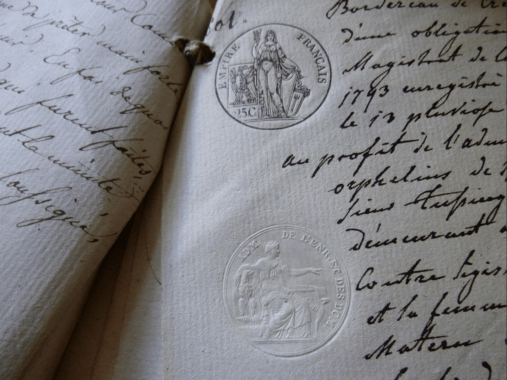
The development of government, politics, and the law as we know it wouldn’t exist today were it not for the relevant documents that enshrine and codify both the scope and limits of executive, judicial, and legislative power. It’s impossible to overstate the importance of these pieces of paper – for example, the UK may possess no single constitutional document, but the British constitution is nonetheless embodied in document form: within statutes, court judgments, and treaties; all of which have broadly served to advance civilisation in keeping with changing social standards. See for yourself:
The Declaration of Independence
This document heralded the formation of the United States of America by declaring that the then-existing thirteen American colonies were no longer a part of the British Empire. Signed in 1776 by the Continental Congress, the document was written in response to the unfair rules and regulations enforced by Britain, such as the laws put in place on imports and exports.
The US Constitution
The US Constitution signifies the beginning of the creation of the states and the executive, judiciary, and legislative systems in the USA. Ratified in 1787 by the Philadelphia Convention, the document covers (amongst other things) interactions between states and the role of the senate and the president in passing laws.
The Domesday Book
The Domesday Book, completed in 1086, was the first ever nationwide survey – the earliest form of the census. Instead of questions about money though, there were questions about livestock. Not only did this document allow the government to analyse the distribution of wealth, but it also gives modern readers an insight into the historical layout of England.
The Magna Carta
King John of England was forced into signing this document in 1215, greatly reducing his power towards the end of his reign in 1216. Created by Barons and other powerful members of society, the document allowed the Church to be free from royal interference and for all proposed taxes to be put to a vote in Parliament. It marked the end of monarchy and the beginning of democracy for England.
The German Instrument of Surrender
Signed by General Alfred Jodl in 1945, the Surrender of Germany document meant the end of WWII and ultimately the end of Germany’s long-standing feud with Britain. After the invasion of Berlin by Soviet troops, and Hitler’s suicide, the Allied Forces were able to free what was left of the people in the concentration camps.
The Limited Test Ban Treaty
During the Cold War, nuclear fallout and the arms race posed a huge threat to our environment and to international relations. The Limited Test Ban Treaty (LTBT), also known as the Partial Test Ban Treaty (PTBT) or Nuclear Test Ban Treaty (NTBT), prohibits all testing of nuclear weapons (except underground) and was signed by the UK, the Soviet Union and the US in Moscow in 1963 and is now signed and ratified by nearly all the countries in the world barring China, North Korea and France. However, the subsequent Comprehensive Test Ban Treaty, in which states would have agreed to ban all nuclear explosions in all environments whether for military or civilian purposes, was adopted by the UN General Assembly in 1996 but has not entered into force due to the non-ratification of eight specific states.
Although these documents are neutrally written on pieces of paper, they symbolise something far greater. Their content doesn’t just set out rules and regulations; they allow greater insight into various historical events – all the passions, wars and protests.
In your opinion, what is the most important historical document? Share your thoughts in the comments.
Harry Whiteman is a bit of a History buff who likes seeing how our society became what it is today. He writes for Payne Security.





